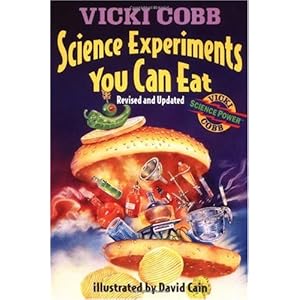One thing I needed to do this summer was to get a bit more organised as far as my record keeping in our language area is concerned. While I used to be able to know exactly which letters and sounds a child had mastered from the top of my head, this very inefficient and poorly thought method let me down many times as the number of my children started to rise last year. For this reason, I needed to find a better way to keep my observations in order. I needed something easily accessible and practical. And then, I found an very interesting post on To the Lesson. Sasha shared with us how she uses little booklets with the entire alphabet on the inside cover. Each time a child has been introduced to a sound /letter or has mastered it, she records it in the booklet. So I “stole” this fantastic idea and adapted it to the needs of our classroom. You see, in Montessori education, we tend to introduce letters by phonetic sounds rather than by their names. Each letter/sound is introduced in an order that permits the child to make out words. Different schools have different orders. The one I chose to follow is suggested in How to Raise an Amazing Child the Montessori Way by Tim Seldin.
This is a wonderful book written by one of America's most respected Montessori educators and authors. Here it goes:
- c m a t
- s r i p
- b f o g
- h j u l
- d w e n
- k q v x y z
So using Sasha’s idea, I spent a few hours making little booklets. In the inside cover, I have written the 6 sets of letters studied in our classroom. Each page of the booklet has picture (an apple for a, a tractor for t etc..) to represent the sound. Under each picture, the child can trace the letter. I have decided that once a child has completely mastered a sound/letter, I will let him/her trace the letter in question. When opening a booklet, I will be able to see straightaway how far he/she has gone in her learning of the sandpaper letters. By the way, I got the pictures from Homeschool Creations.
As I mentioned in my post on our new calendar (here), we have a Letter of the Week added to our routine at circle time. It goes without saying that each letter will also be introduced following the order mentioned above. I will not introduce any other set until I am satisfied that the children have mastered the set. The children moving faster will be able to do extra work using our letter boxes and the moveable alphabet.
And to keep the momentum going, I decided that I could create the same type of booklets for numerals. No sooner said than done:
What do you think? What do you do in your own classroom? Let me know.



































